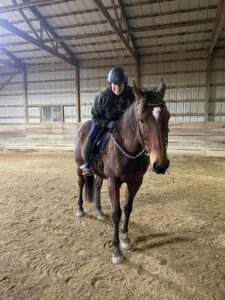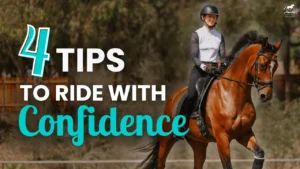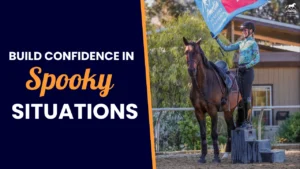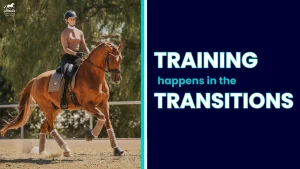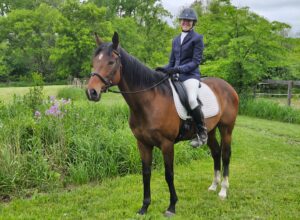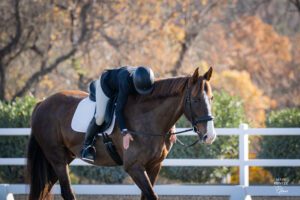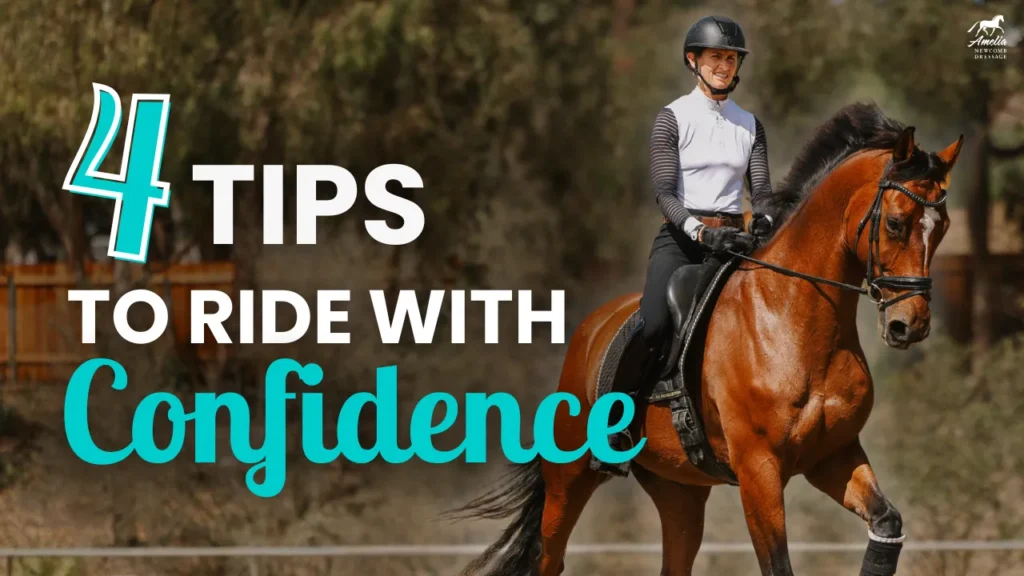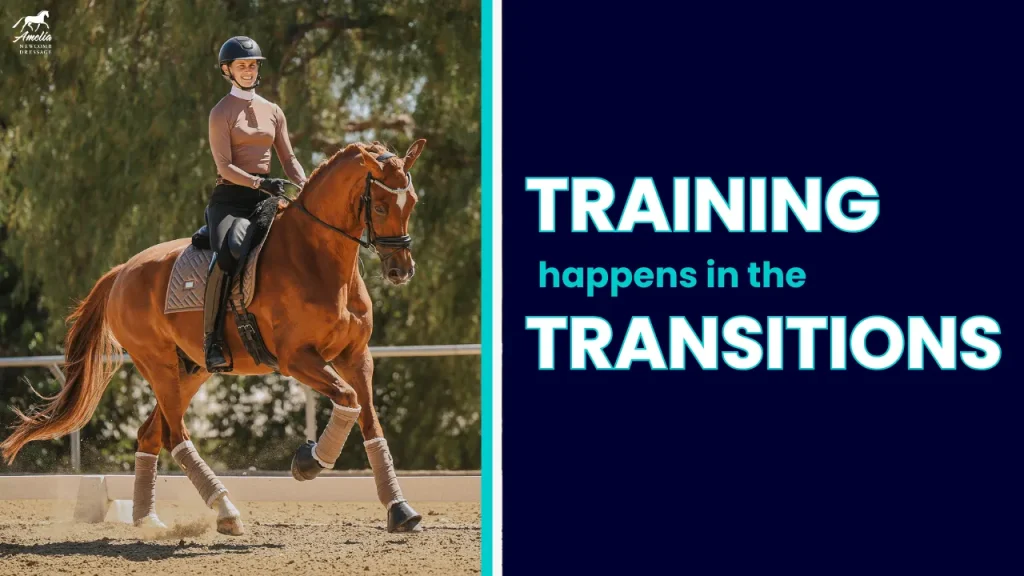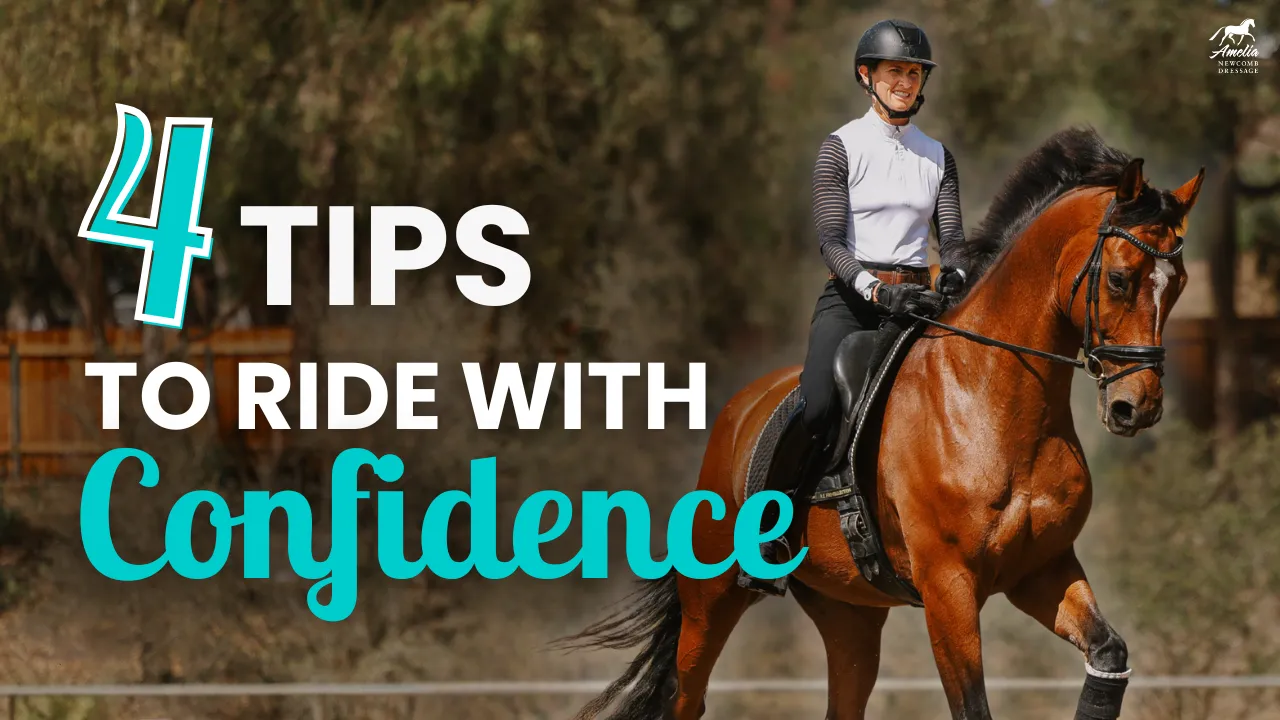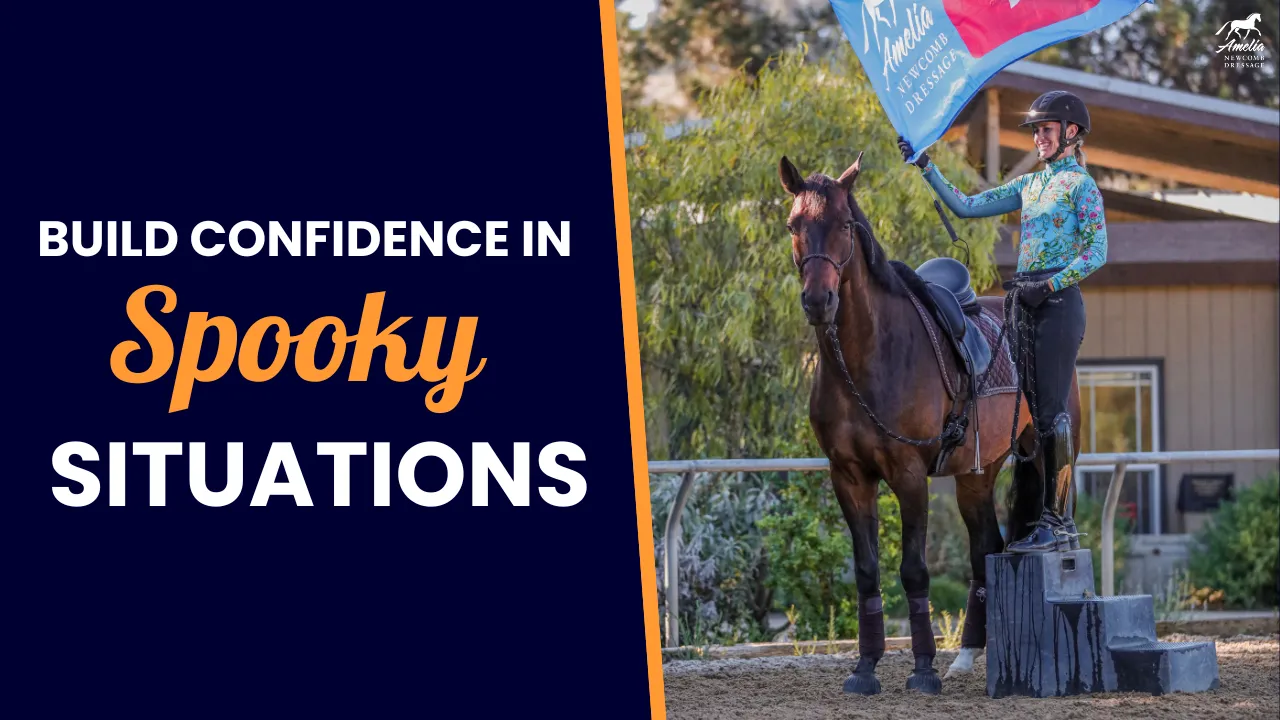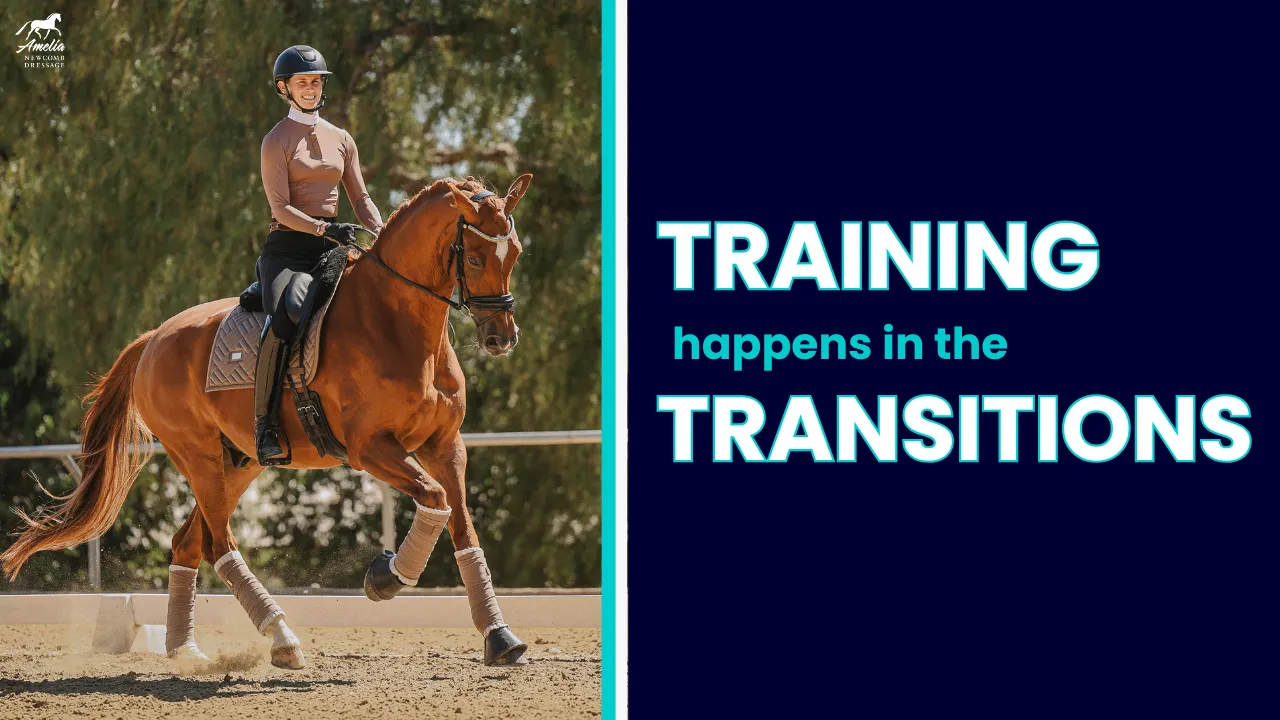Flying changes are one of the most complicated and difficult movements to train. I see a lot of riders struggling to get a clean flying change. This week, I wanted to share a clip from one of my recent clinics where I’m helping a student with her flying changes. Her horse tends to change late behind, so we worked on getting her horse more supple and engaged, and managed to get a clean flying change at the end of the session! So exciting!
Before we get into the video, if you need help learning the flying changes (or fixing a late change), check out my Flying Changes Made Simple course, where I break down all the exercises, tips, and tricks I use to teach flying changes. Flying Changes Made Simple is on sale this week only, so make sure to check it out and take advantage of this limited-time offer!
Okay, now on to the tips! Before you work on the flying changes, it’s super important to go back to the basics and confirm the simple changes. This is because the aids for the simple changes are the same for the flying changes, so if your horse can do simple changes on the aids, it is much more likely that you will be able to get a clean flying change.
You will see in this video that I have my student start working on the simple changes in a leg yield zig zag pattern. Here’s how to ride the pattern:
- In the canter, ride up the long side and leg yield a few steps in.
- Transition to walk, then pick up the counter canter on the inside track.
- Leg yield back to the rail, transition to walk, and then pick up the opposite lead.
Once you can get nice, prompt simple changes on this pattern, you can incorporate the flying changes into this exercise. Ride the beginning part and first simple change as usual, then ask for a flying change right as you reach the rail again.
This leg yield exercise is particularly effective because it helps to supple your horse around the new inside leg, ensuring better balance and engagement during the change. Flying changes can be incredibly frustrating if they’re not taught correctly, especially if your horse develops the habit of changing late behind. It’s important to take your time, set up the change well, and go back to basics if things aren’t working.
Happy Riding!
Amelia
P.S. Don’t forget my Flying Changes Made Simple course, is on sale through this Sunday, October 12th, 2025. Inside the course, I go into detail on teaching clean, correct flying changes. Whether you’re just starting or troubleshooting issues, this program will guide you step-by-step to success in six months. Let’s get those flying changes clean, correct, and on the aids! Learn more and take advantage of this week’s special pricing.
